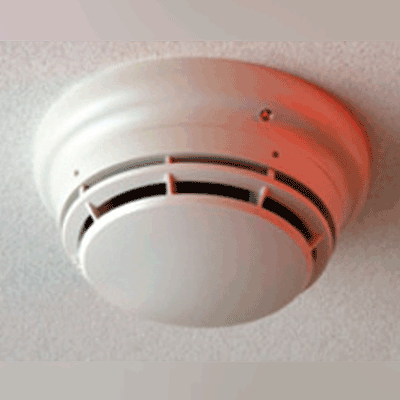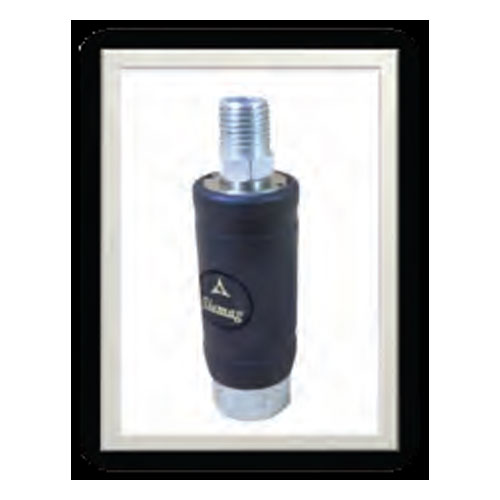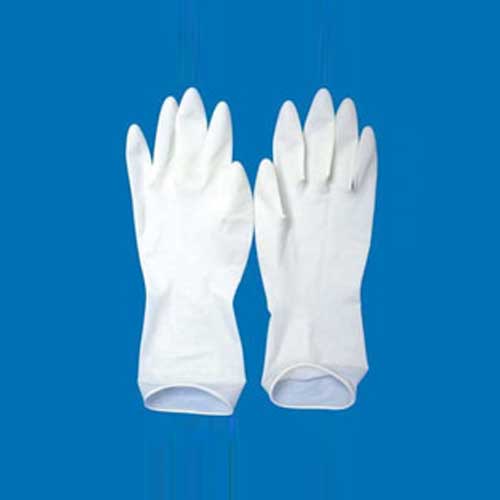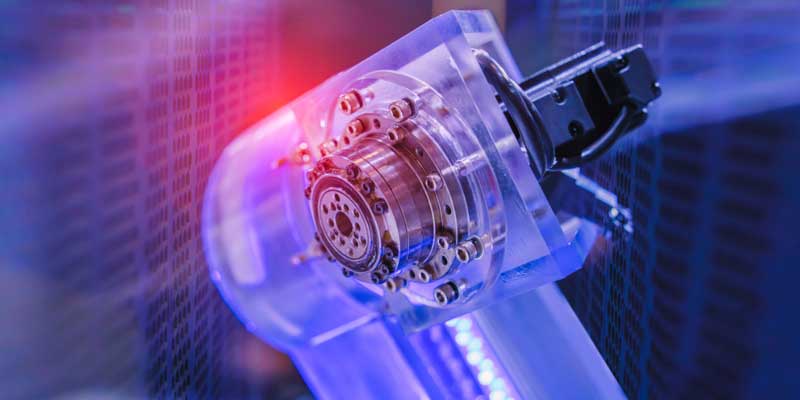Schedule a Call Back
Industry 4.0 is incomplete without machine safety '
 Articles
Articles- Sep 01,18

Related Products

Fire Alarm Sysytem
Nayakson Security Systems is offering a range of fire alarm, intrusion alarm and gas alarm systems.

Push Button Safety Quick Release Coupling
Siemag introduces the all new push button safety quick release couplings. Read more

Surgical Sterile Gloves
Rising Sun
Enterprises is a manufacturer and wholesaler of a wide range of surgical
sterile gloves.














